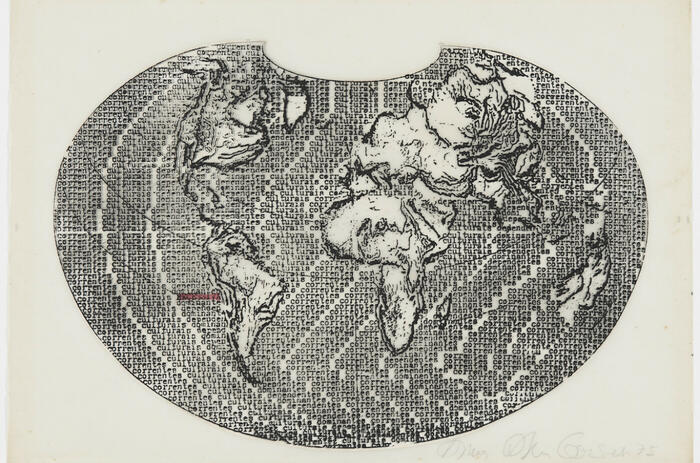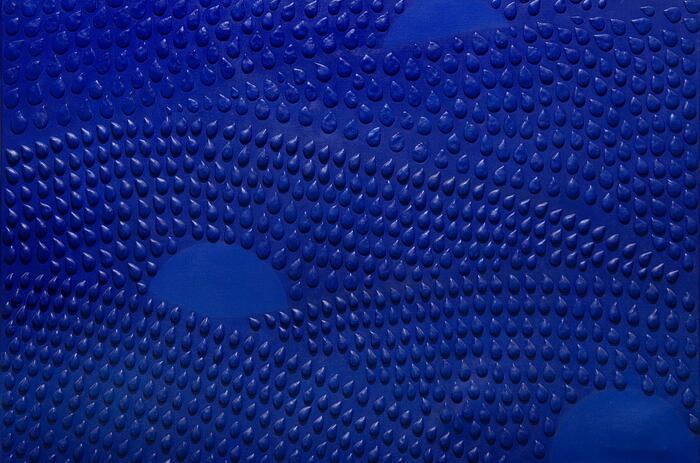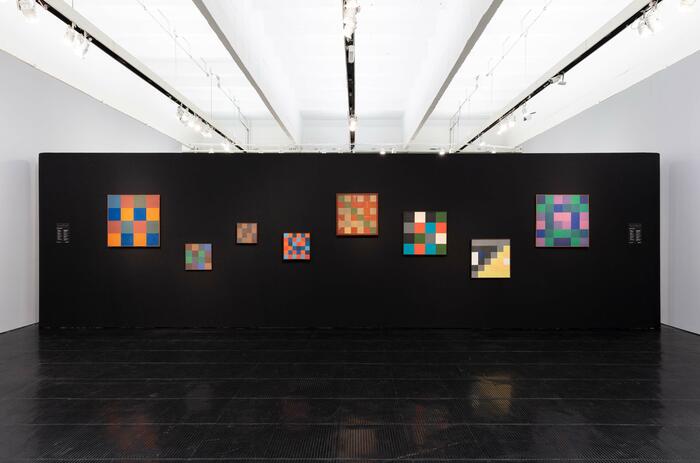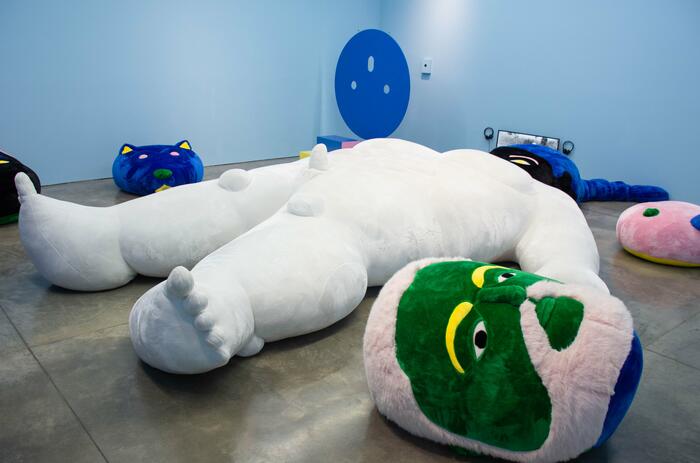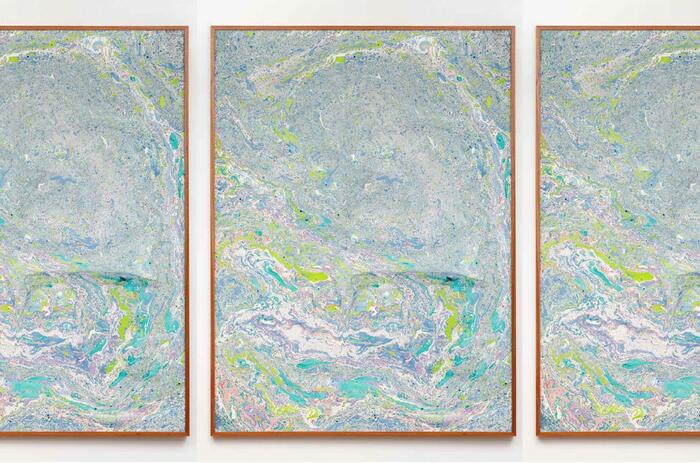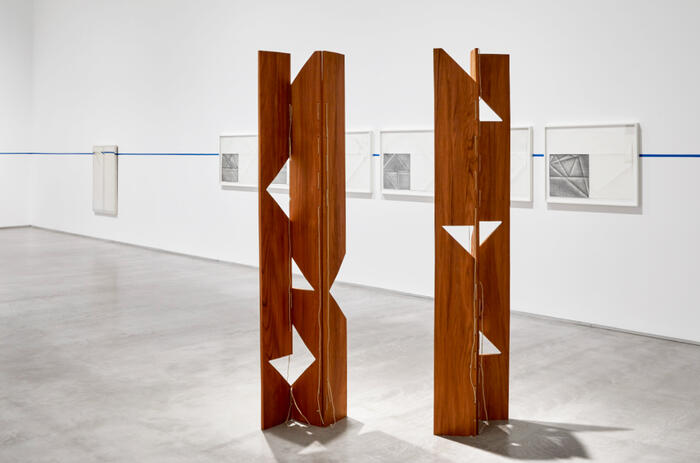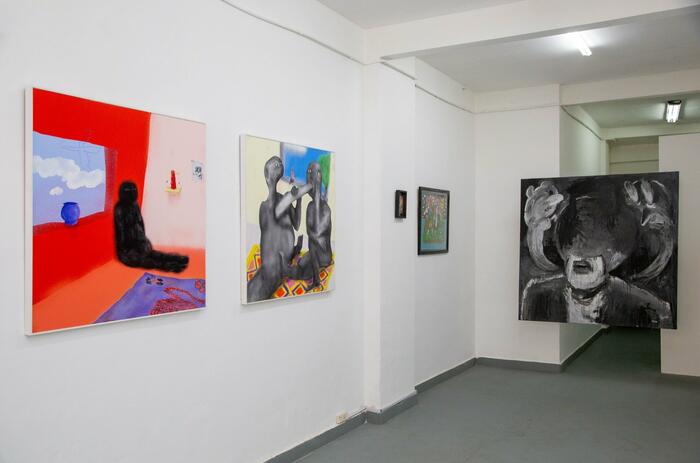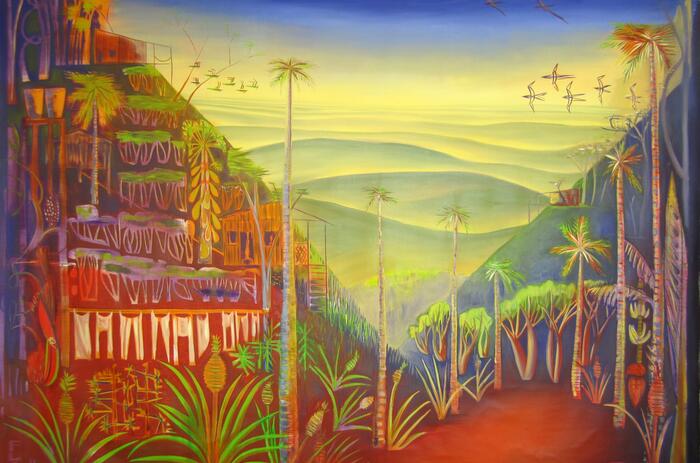MOUVEMENT & DÉPLACEMENT: TRANSCONTINENTAL ART
Movement and Displacement is a collective exhibition bringing together the works of kinetic artists from Europe and Latin America.
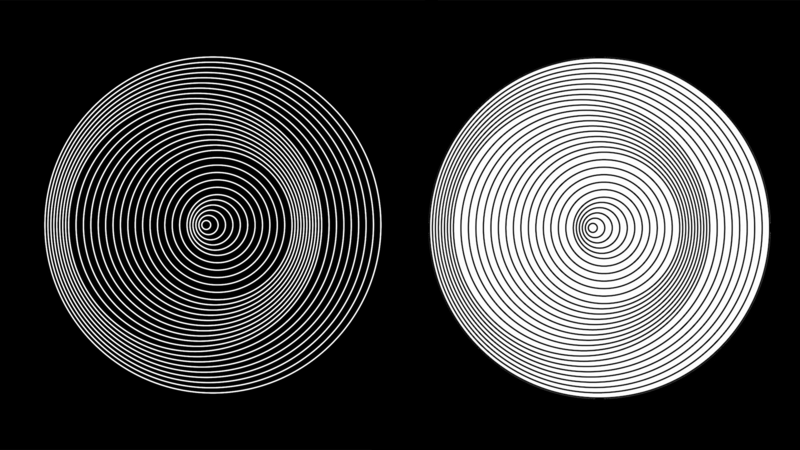
Although this movement brings together all artists from South American and European countries, there are notable differences between the aspirations of creators from these two continents. This desire to title the exhibition «Movement and Displacement» lies in the scientific confrontation. Movement is the action of moving while displacement is a change of position, without taking into account the action and all of its components (speed, gravity, mass, etc.).
Yaacov Agam (1928) introduced the fourth dimension into art, that of time combined with movement. His painted or sculpted works, always in the process of becoming, favor shape and color in motion over the static and the fixed state and associate the spectator with the work of creation.
In the 1960s, Marina Apollonio (1940) began designing visual illusion experiences. By choosing primary forms like the circle, the artist studied its structural possibilities in order to make the work active.
Like Marina Apollonio, Ennio Ludovico Chiggo (1938-2020), obtains diffrernt structural modifications of objects by using Elementary geometric shapes, thanks to different processes. With the work Interfenza Lineare 14.3 (4 + 5 moduli), Chiggio provokes visual interference from the superimposition of more or less displaced frames.
The singularity of Carlos Cruz-Diez (1923-2019) lies in color and its relationship to space and form. It tends to produce a chromatic climate in perpetual change and to transform the two-dimensional support into an evolving medium. The exhibited work is part of his series of physichromies. They are structures in relief where background colors are juxtaposed with colored strips placed perpendicularly and are reflected according to the light or the viewer’s angle of vision.
After studying at the School of Plastic Arts in Caracas, Narciso Debourg (1925 - 2022) moved to Paris in 1949, where he participated in the group of dissidents bringing together his former classmates: Jesus Rafael Soto, Alejandro Otero, etc. Also influenced by the MADI group launched by Kosice and Arden Quin at the end of the 1940s in Argentina, Narciso Debourg then embarked on this experimentation: the repetition of small geometric shapes, first flat, then cubic and cylindrical, regularly placed on the support of the work and cut diagonally, producing rhythmic alterations of light.
Manuel Mérida (1939) is one of the second generation of South American kinetic artists. Through his work, the artist seeks to avoid offering a fixed and unique vision, playing with the variations of the colored material (pigments, sand, charcoal powder, wood particles, painted metal, etc.) contained in his works.
Trained at the School of Fine Arts in Caracas, Jesus Rafael Soto (1923 - 2005) moved to France in 1950. His ambition was to shake up the notion of a work of art by introducing disturbing elements such as movement but maintaining the frontal relationship with the viewer. Its plastic volumes are designed to transform the human gaze and enrich his experience by confronting him with a new space and some new colors. But undeniably, it is the introduction of movement, and no longer its suggestion, which becomes the engine of his artistic adventure.
-
Yaacov Agam. Metzulot (Fond-marin), 1980 - 2007. Oil on aluminum and wood. Size of work without frame: 40 x 54 cm (15,7 x 19,7 in). Courtesy Espace Meyer Zafra & Artist.
-
Marina Apollonio. Dinamica Circolare Cratere N Ø30, 1968-2015. Enamel on wood - rotary mechanism. 40 x 40 cm (15 7/10 x 15 7/10 in). Courtesy Espace Meyer Zafra & Artist.
-
Marina Apollonio. Dinamica Circolare Cratere p Ø30, 1968-2015. Enamel on wood - rotary mechanism. 40 x 40 cm (15 7/10 x 15 7/10 in). Courtesy Espace Meyer Zafra & Artist.
-
Ennio Ludovico Chiggio. Interferenza lineare 14.3 (4+5 moduli), 1969. Silk-screened plexiglass, wooden box. 81,5 x 81,5 cm (32 1/10 x 32 1/10 in). Courtesy Espace Meyer Zafra & Artist.
-
Carlos Cruz-Diez. Physichromie 2567, 2010. Aluminum and strings. 60 x 120 cm (23 3/5 x 47 1/5 in). Courtesy Espace Meyer Zafra & Artist.
-
Narciso Debourg. Argo-Jaune, 2007. Acrylic on wood. 62 x 62 cm (24 2/5 x 24 2/5 in). Courtesy Espace Meyer Zafra & Artist.
-
Manuel Mérida. Cercle Rose Tyrien Clair, 2014. Painted wood, pigment, glass, electric engine. Diameter 140 cm (Diameter 55 1/10 in). Courtesy Espace Meyer Zafra & Artist.
-
Jesus Rafael Soto. Ovalo con el rojo, 1979. Edition of 110. 38 x 38 x 12 cm (15,2 x 15,2 x 4,7 in). Courtesy Espace Meyer Zafra & Artist.
-
Ludwig Wilding. Single PS 5a, 1971. Striped cardboard folded, longitudinally stretched black rubber bands. 80 x 80 cm (31 1/2 x 31 1/2 in). Courtesy Espace Meyer Zafra & Artist.
Movement and Displacement. Collective exhibition.
Until February 23rd, 2023.
Espace Meyer Zafra. 4 rue Malher, Paris, France.

